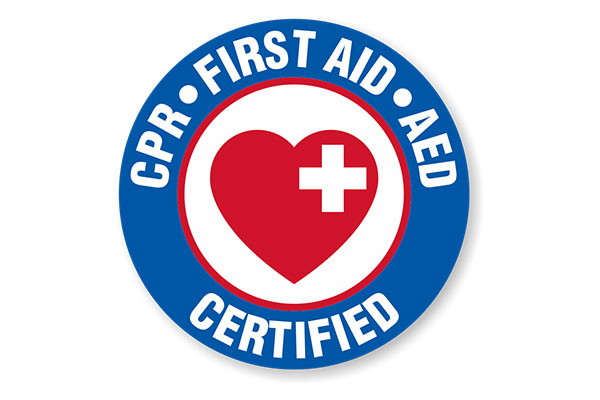In this article, we will be discussing the benefits of CPR and AED certification. Many people think that CPR and AED certification is only for medical professionals, but that is not the case. CPR and AED certification can be beneficial for anyone, regardless of their occupation. Keep reading to learn more about these interventions and how you can get CPR and AED certification online!
What is the background of CPR and AED?
The American Heart Association (AHA) reports that more than 350,000 cardiac arrests occur outside of a hospital each year. CPR and the use of an automated external defibrillator (AED) can help improve the survival rate for these victims. According to the AHA, the chance of surviving a cardiac arrest doubles when CPR is started within four minutes of the heart stopping beating. However, less than one-third of people who experience a cardiac arrest receive bystander CPR. Becoming certified in CPR and AED usage can help you provide life-saving care to someone experiencing a cardiac arrest.
What does CPR and AED certification teach you?
CPR certification provides individuals with the skills and knowledge necessary to respond to cardiac emergencies. CPR is a life-saving technique that involves compressing a victim’s chest in order to circulate blood and oxygen throughout their body. AED certification teaches individuals how to use an automated external defibrillator (AED) in the event of a cardiac emergency. An AED is a device that administers electrical shocks to the heart in an effort to restore normal rhythm.
The certification process teaches you how to recognize signs of cardiac arrest, how to provide chest compressions and rescue breaths, and how to use an AED. Certification also provides you with information on how to keep bystanders safe while providing care. Certification courses are offered by many different organizations, including the American Red Cross, the American Heart Association, and the National Safety Council. Courses typically last between four and six hours and include both classroom instruction and hands-on practice. After completing a course, participants are typically issued a certification card that is valid for two years.
CPR and AED certification is easy to learn and can be completed in a short amount of time.
CPR and AED certification is an important skill to have, as it can help you save a life in the event of an emergency. The process of becoming certified is easy to learn and can be completed in a short amount of time. Additionally, CPR and AED certification is valid for two years, so you will need to renew your certification regularly.
The benefits of CPR and AED certification are numerous. First and foremost, if you are certified in CPR and AED usage, you will be able to help someone who is experiencing a cardiac arrest. In addition, CPR and AED training can help you feel more confident in emergency situations and may even make you less likely to panic. Additionally, having CPR and AED certification may give you an edge when applying for jobs that involve working with the public.
Overall, becoming certified in CPR and AED usage is a wise decision. It can provide peace of mind in emergency situations, may make you more attractive to employers, and could potentially save a life one day.
CPR and AED certification can help you save a life.
CPR and AED certification can help you save a life. When someone’s heart stops beating, CPR can keep them alive until paramedics arrive. CPR also helps to minimize brain damage that may occur after a person experiences cardiac arrest.
Cardiac arrest can often lead to death. However, if someone receives resuscitation within minutes, they may experience little or no long-term damage. In fact, many survivors go on to live full, healthy lives after receiving CPR.
If more people were certified in CPR and knew how to use an AED, it could help save many more lives each year.
CPR and AED certification can provide peace of mind.
Knowing that you are certified in these life-saving skills can give you confidence in an emergency situation. If a loved one suffers a cardiac arrest, you will know what to do to help save their life.
CPR and AED certification can open up career possibilities.
CPR and AED certification can also lead to career opportunities. Many hospitals require employees to be certified in both CPR and AED use before they are hired. EMTs, paramedics, nurses, doctors, and other health care professionals must often renew their certifications regularly.
Overall, the benefits of CPR and AED certification are undeniable. Most important, it can help save lives during an emergency situation.


